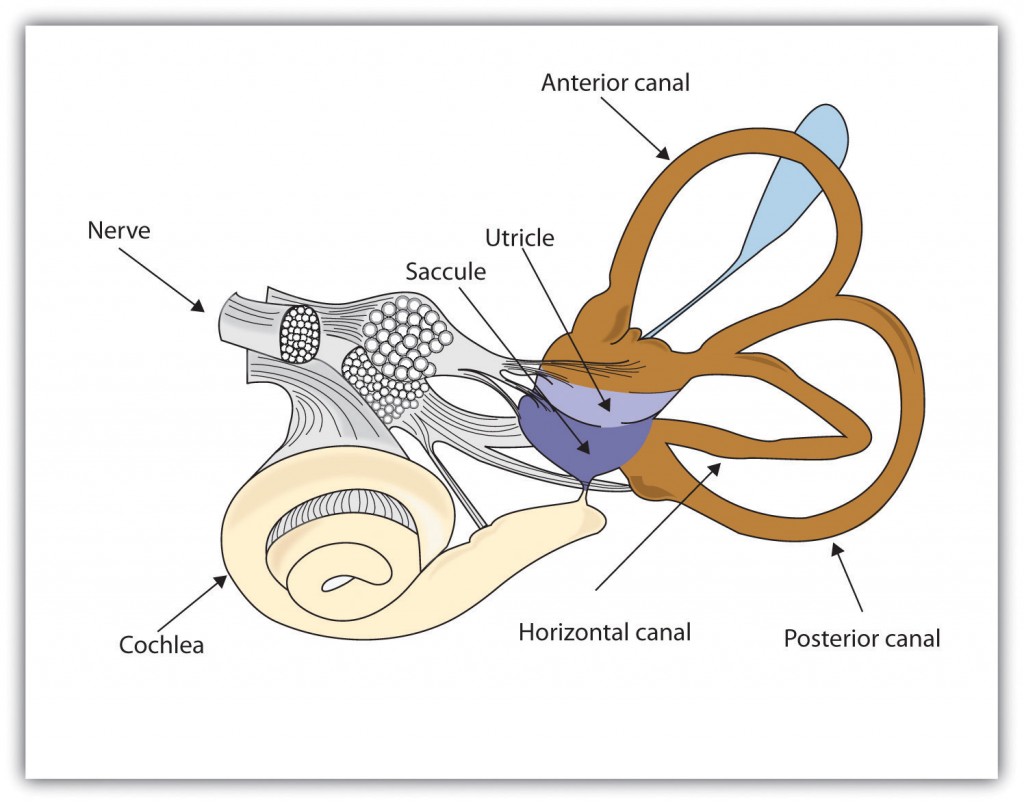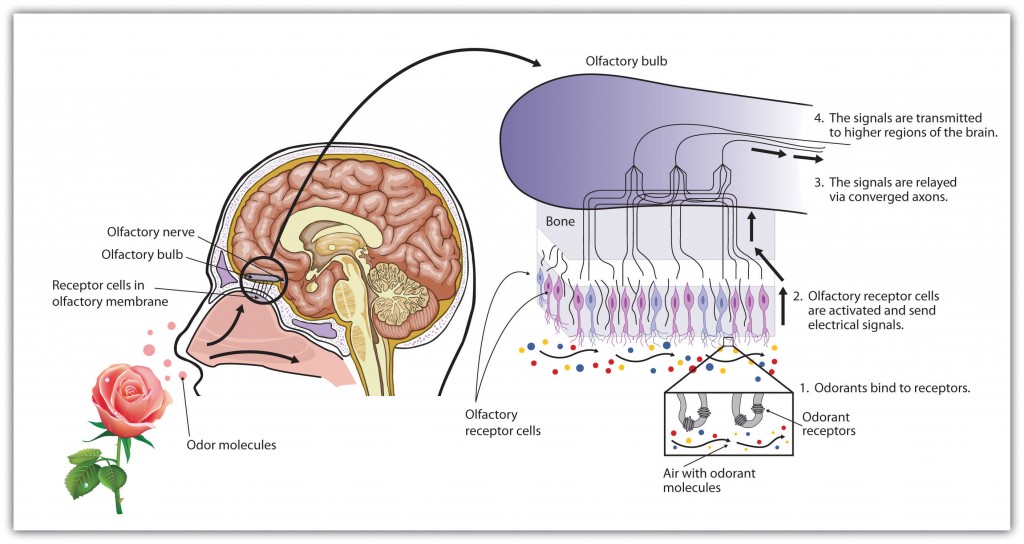Day 38
Learning Targets:
- Students will be able to describe the structure and function of the 5 basic senses and how these processes influence human behavior.
- Students will be able to understand the impact of perception on the influence of behavior.
Opener: If you were to lose your sense of taste and/or smell, what potential dangers might you find yourself in? In what situations might this absence of sensation afford you some sort of advantage over those around you?
Activity #1: Most of our cerebral cortex is devoted to seeing, and we have substantial visual skills. The eye is a specialized system that includes the cornea, pupil, iris, lens, and retina. But what if there was no visual information for our sensory cortex to process? Would it do a better job processing our other senses?
Activity #1: Most of our cerebral cortex is devoted to seeing, and we have substantial visual skills. The eye is a specialized system that includes the cornea, pupil, iris, lens, and retina. But what if there was no visual information for our sensory cortex to process? Would it do a better job processing our other senses?
As you can see from the video above, John has more than compensated for his loss of vision when it comes to painting. Answer the questions below in order to explain how this enhanced artistic ability came to be.
1. Which senses have become more critical to John as he creates his portraits?
2. How might John employ his other senses to accomplish other day-to-day tasks? Explain using all appropriate terminology from this unit.
3. Describe two situations where depriving ourselves the use of one of our senses could actually enhance our ability to perform a specific task.
Activity #2:
1. What senses would be most critical for Ashland to avoid injury and accidents given her lack of pain sensation?
2. What other implications, aside from the potential for physical injury, might there be for Ashland?
3. Evaluate John and Ashland's absence of sensations and describe the similar and different ways in which they have adapted to these conditions.
- Sensory interaction
- McGurk effect
- Selective attention
- Cocktail party phenomenon
- Sensory adaptation
- Moon illusion
- Habituation
- Proprioception
- Vestibular System
- Gate Control Theory
- Difference Threshold
- Signal Detection Theory
- Blind Spot
- Absolute Threshold
Close: Live Q&A Here:

